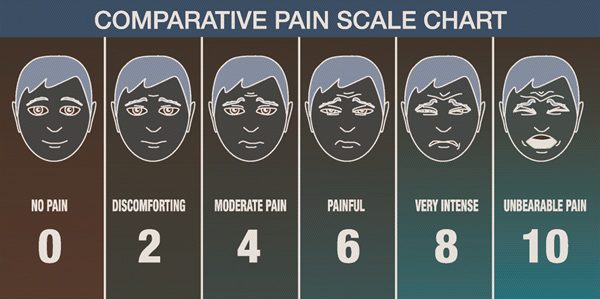
- Pain after surgery is expected, particularly with the gastric bypass. This is a bigger, more involved surgery than the sleeve! Setting realistic expectations after surgery is important–you should expect to have some pain after surgery.
- We always inject local anesthetic in each incision, however the effect of this is only temporary. This can make it seem like your pain is getting worse, but it’s actually just the numbing medicine wearing off.
- Most of the discomfort in the gastric bypass occurs at one incision on the far-left side of your abdomen. This will commonly cause complaints such as: sharp or intense pain, dull cramping pain, burning, tugging, and pulling sensations. These are sometimes worsened by movements, or certain positions and the pain is not always felt directly underneath this incision. These types of symptoms are normal and expected after bypass surgery.
- This incision is necessary in order to safely complete the surgery. Because of the size and depth of this incision, a suture is placed through the deep muscle layers to help prevent a hernia. This suture is almost always the cause of the symptoms described above. This pain will commonly last for 3-6 weeks and perhaps longer in some situations.
- We always do our best to minimize the discomfort associated with this incision, but we cannot completely eliminate this pain all together. Patients will be prescribed a narcotic pain medication, a muscle relaxer, and a pill which helps with neuropathic (nerve) pain. In addition to the medications, we recommend using ice packs over the incisions, 20 minutes on and 20 minutes off several times per day. This will help with the inflammation. After 2-3 days you may get better relief with a heating pad as the pain becomes more muscular in nature.
- This same far left incision can also be prone to infection, as at the end of the procedure we pull a little piece of small intestine out through it. This can sometimes contain bacteria which can lead to infection, despite the fact that we place it in a sterile pouch before pulling it out. Some of the first signs of infection are: fever, swelling at the incision site, redness around the incision, or drainage at the incision (particularly yellow thick foul-smelling drainage). Occasionally a clear or pale-red drainage will be present–this does not necessarily mean there is an infection. If you have concerns with your incisions, please contact us to have your incisions evaluated by our staff!

